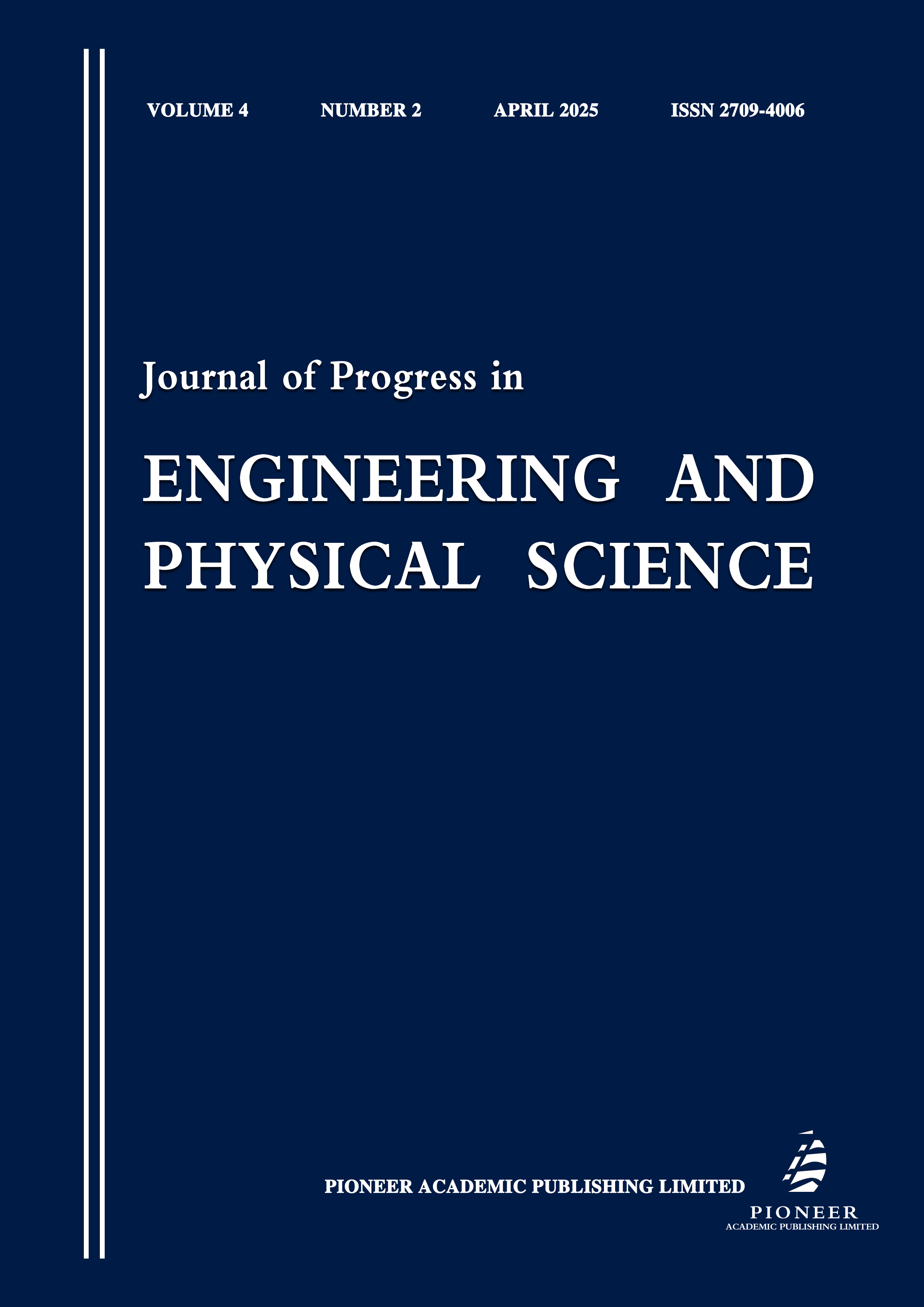MPPT Techniques in Wind-Solar Hybrid Systems: A Review of Algorithms and Implementation
Keywords:
wind-solar hybrid systems, maximum power point tracking, perturb and observe, incremental conductance, artificial neural networks, particle swarm optimizationAbstract
The increasing global demand for sustainable and decentralized energy solutions has accelerated the adoption of wind-solar hybrid renewable energy systems. These systems offer improved reliability and energy availability by leveraging the complementary nature of solar and wind resources. However, the inherent variability and nonlinear characteristics of these sources necessitate the use of Maximum Power Point Tracking techniques to ensure optimal power extraction under changing environmental conditions. This paper presents a comprehensive review of both classical and intelligent MPPT algorithms, including Perturb and Observe, Incremental Conductance, Fuzzy Logic Control, Artificial Neural Networks, Particle Swarm Optimization, and hybrid approaches. The paper critically examines the principles, implementation strategies, strengths, and limitations of each method, with a focus on their application in wind-solar hybrid systems. Particular attention is given to the integration challenges associated with real-time deployment, control coordination between energy sources, convergence stability, and computational overhead. Emerging trends such as IoT-enabled control, machine learning integration, and predictive optimization are also discussed. This review aims to guide researchers and system designers in selecting and developing MPPT strategies that balance efficiency, adaptability, and system complexity for future-ready hybrid renewable energy applications.


